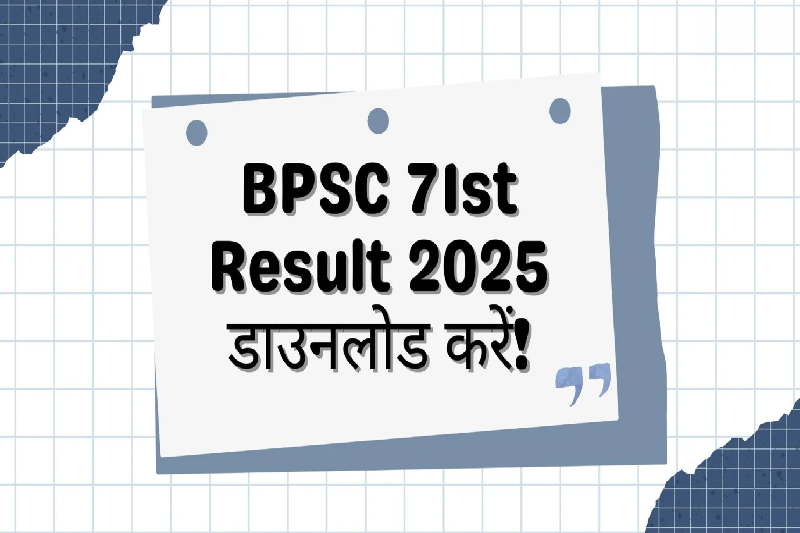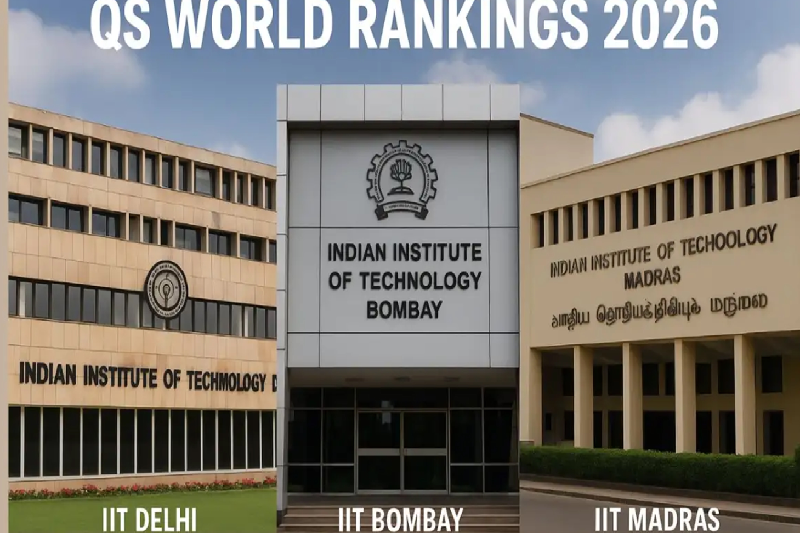
Australia Hikes Student Visa Fee to AUD 2,000: How It Compares With Other Study Abroad Destinations in 2025
Australia has officially emerged as the most expensive English-speaking destination for international students when it comes to visa fees, following a steep increase in its student visa application cost. Effective from July 1, 2025, the Australian government raised the fee for the Subclass 500 student visa from AUD 1,600 to AUD 2,000 (approximately ₹1.12 lakh). This 25% hike is part of a broader strategy to manage the rapidly growing international education sector more sustainably. According to Treasurer Jim Chalmers and Finance Minister Katy Gallagher, the move is expected to generate around AUD 760 million in revenue over the next four years.
Australia’s Broader Plan: More Than Just a Visa Fee Hike
The visa fee increase accompanies other regulatory changes, including tighter enrollment caps and greater scrutiny of student visa applications. The changes are designed to strike a balance between the economic benefits of a growing international student population and the long-term sustainability of Australia's education system. However, the fee hike has significantly increased the upfront financial burden on international students, particularly those from countries like India who already face substantial tuition and living costs.
Financial Requirements for Studying in Australia in 2025
In addition to the visa application fee, international students must show proof of at least AUD 21,041 in living expenses, excluding tuition fees and travel costs. This amount must be readily available in a bank account to meet Australian visa requirements. When combined with the new visa fee and course fees, the total initial cost of studying in Australia becomes a significant barrier for many aspiring students. For families funding education abroad, the increased financial burden could potentially redirect attention toward more affordable alternatives.
United Kingdom: Modest Visa Fee Hike, High Living Costs
In comparison to Australia’s revised student visa policy, other major study destinations have seen either modest increases or no significant changes in their visa fee structures over the last year. For instance, the United Kingdom raised its student visa fee from £490 to £524 (approximately ₹52,400) in April 2025. While the hike was only around 7%, the UK’s cost of living requirement remains notably high. Students applying to institutions in London must demonstrate access to £1,483 per month for living expenses, while those studying elsewhere in the UK must show £1,136 per month. Depending on the length of the academic program, students may be required to show between ₹11–17.7 lakh in available funds, excluding tuition fees.
Despite these expenses, the UK remains a top choice for international students, including those from India, due to its two-year post-study work visa and the presence of globally recognized universities. However, with increased visa and maintenance requirements, the UK’s affordability is narrowing for middle-income students.
United States: SEVIS Fee Increases the Total Visa Cost
In the United States, visa fees have remained stable since 2023. The F/M/J student visa application fee is currently $185 (approximately ₹15,355), but all applicants must also pay a mandatory SEVIS I-901 fee of $350 (around ₹29,050), bringing the total visa-related expense to roughly ₹44,400. Beyond this, most U.S. institutions require international students to demonstrate sufficient funds to cover one academic year, which usually includes $20,000–$30,000 for tuition and approximately $10,000–$12,000 for living expenses. This means students may need to show financial proof of ₹25–35 lakh, depending on their school and location.
While the cost is high, the U.S. continues to attract students with its broad academic offerings, cutting-edge research, and extended Optional Practical Training (OPT) in STEM fields.
Canada: Still One of the Most Affordable Destinations
Canada, by contrast, remains one of the most affordable options for international students in terms of visa fees. The Canadian study permit costs just C$150 (approximately ₹9,500) and has not changed since September 2024. To meet visa conditions, students must show they have C$10,000 (₹6.15 lakh) in a bank account for living expenses, or C$11,000 if applying to institutions in Quebec. This comparatively low cost, combined with Canada’s reputation for safety, multiculturalism, and post-study immigration pathways, has helped it become an increasingly popular destination, particularly among Indian students.
Germany: Low-Cost Visa and Tuition-Free Education
Germany is another attractive destination from a financial standpoint. The student visa fee is just €75 (approximately ₹7,538), and there have been no recent changes. However, students must open a blocked account containing at least €11,208 (about ₹9.3 lakh) to demonstrate sufficient funds for one year of living expenses. Public universities in Germany typically charge minimal or no tuition fees, especially for STEM and research-based programs, which adds to the country’s appeal. The affordability, along with its strong economy and opportunities for technical education, makes Germany a high-value option for international students.
France: Low Visa Fees and Practical Living Cost Requirements
France offers even lower visa costs. In many cases, student visa applications are either free or carry a small consular fee of €50 (about ₹5,000). Students must demonstrate access to €615 per month, which totals approximately €7,380 (around ₹6.15 lakh) annually. While the cost of living in cities like Paris can be high, the low visa fee and affordable public university tuition make France a competitive choice for students looking for quality education within budget constraints.
Rising Visa Costs: A New Challenge for Indian Students
Australia’s sharp increase in student visa fees places a considerable burden on international applicants and sets a precedent that may influence visa policy in other countries. In the broader context of global education, rising visa costs and stricter financial requirements risk discouraging students from pursuing higher education abroad. For countries like India, where thousands of students aspire to study overseas each year, affordability is a critical factor in decision-making.
While Australia, the UK, and the US continue to offer robust academic and career opportunities, their escalating visa and living costs may drive more students toward budget-friendly alternatives like Canada, Germany, and France. These countries not only provide cost-effective education but also offer reasonable living requirements and, in many cases, pathways to permanent residency.
Conclusion: Affordability, Policy, and Access Must Align
As the landscape of international education evolves, visa fees and financial requirements are playing an increasingly central role in shaping student mobility. Countries that strike a balance between regulation, affordability, and opportunity are likely to emerge as the preferred destinations for the next generation of global learners. Australia's decision may generate revenue, but whether it sustains its appeal as a top-tier education hub remains to be seen.



